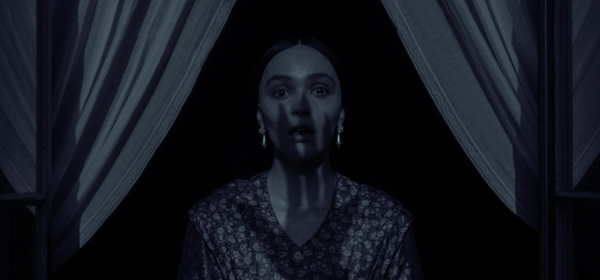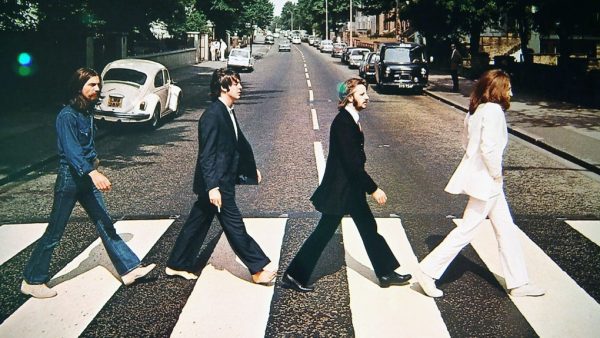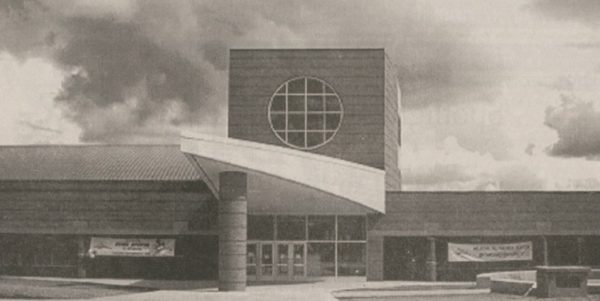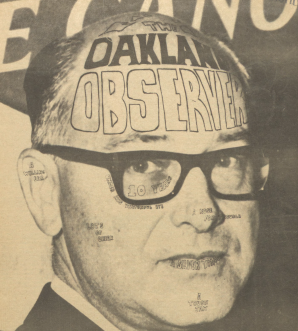Artist defines Detroit through works
With growing national attention to the Chrysler advertisement featuring Eminem, another local artist has been striving to bring a different perspective to the city of Detroit.
Tony Roko, a former Ford assembly line worker, is sharing experiences that may be considered unconventional and making them a part of his art.
“(Art) really allowed me to see traditional materials differently,” Roko said. “Having those materials readily available evolved my arts.”
Roko is known for gritty pieces with vibrant colors.
While some artists start with paints and drawings at young age, Roko’s interest in art began through writing.
“As a kid I started writing very early,” Roko said. “I took to the pencil and saw things a little bit differently.”
After working the line for a number of years, Ford began to take notice of what he was creating and asked him to make a piece for them. The piece, called “Plant Life,” would represent the comeback of the company.
“We used the materials from the demolition of the former Michigan truck plant like boards, scrap metal, refurbished paints to create ‘Plant life,'” Roko said. “All the materials are very symbolic of that shift in thinking.”
One of the subjects in his pieces is a woman he has named Lily, who Roko believes can be considered an icon in the plants of the present.
“Lily better represents the diverse work force you see in the factory,” he said. “In the past it always was Rosie the Riveter as labor role models or heroes; I think this more accurately depicts the workforce.”
Among the several people to take notice to his work, volunteer groups like “Art Around Town” asked Roko to help promote art to the youth of Metro Detroit.
“I was approached by them a few years back, and it was a real natural thing,” said Roko. “I volunteered at schools and taught kids about repurposed materials and (how) to approach art from a different perspective. It was a really good fit.”
Roko believes that in the struggling urban area of Detroit, art can be an outlet for the children and people of the city.
“I think it’s a voice and a lot of children and people in general are visual learners,” he said. “They need to be able to have other outlets to express themselves because words are redundant; I think that people are pretty desensitized to words and feel that images in that form of expression can speak far louder than words.”
From Jan. 15 until Feb. 10, Roko presented his some of his work to the public in an exhibition at 323 East in Royal Oak titled “Elegantly Wasted.”
Reception to the exhibit has been very positive. His pieces sell for around $200.
“I think it has been one of the biggest turnouts in their history,” he said. “Quite a few pieces sold. (It was an) amazing and diverse turnout, from infant babies to people in their 70s, and of all different backgrounds. It’s been the most successful moment in my art career.”
Roko believes the allure of his art is that is a true representation of the area.
“I think the art is really reflective of the region,” said Roko. “I think that if you go to other areas around the world, Detroit is known for Ford, Motown and murder. I represent all of the cultures. It is representative of the region and the gritty surroundings.”
While Roko’s success has taken a huge leap and has local recognition, he believes that the recognition of Detroit itself is what is really important and is under appreciated.
“When you drive through Detroit and see the architecture and it was creative minds that created the automotive industry and industrial revolution, and I think it was: Those were people who don’t get much credit in the art world,” Roko said.
For more information about Tony Roko and to view his portfolio of art pieces, visit www.tonyroko.com







